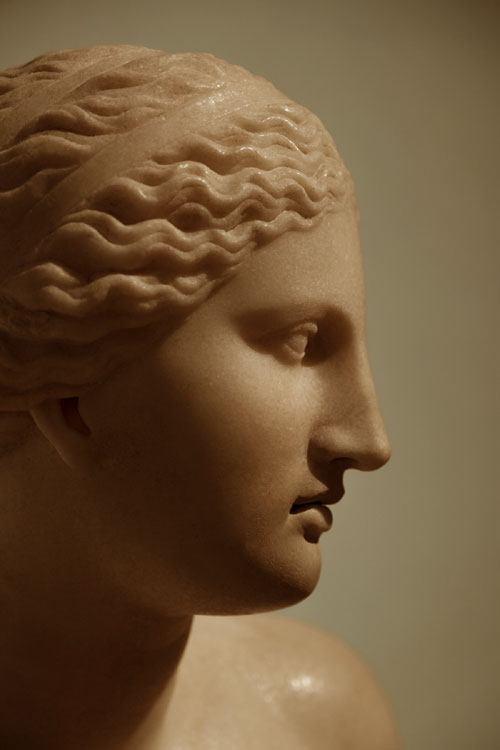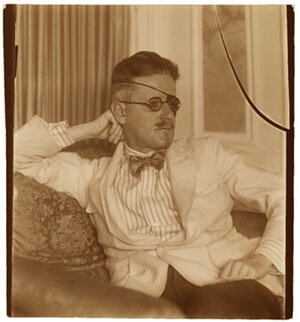The Power of Allusion:
Creating Depth and Intrigue
in Your Creative Writing
Allusion:
Definition and MeaningAllusion, the clever intermingling of references to other works of literature, historical events, or cultural phenomena, is a device used to enrich the tapestry of a text with a flourish of sophistication. This elegant art form adds depth and resonance to your writing, inviting your reader to partake in a delightfully secret tête-à-tête with your words.
Literary Devices: Allusions
Allusion – A Guide to the Literary Device

Allow me to paint a picture for you: imagine yourself at an exquisite cocktail party, dapper and stylish as you weave your way through a crowd of erudite literati. As you sip your perfectly chilled martini, a conversation about literature blossoms around you, and suddenly you find yourself surrounded by whispered references to Greek mythology, Shakespearean sonnets, and Dickensian dramas.
What bewitching language are these titans of the literary world speaking, you ask? Why, none other than the grand art of allusion, my well-read companion!
Using Allusion in Your Own Writing:
The When, Why, and How:
As a writer, there are moments when allusion is the perfect aperitif to add to your prose. It can create a sense of unity with other works, generate a rich atmosphere, and give your writing an air of sophistication.
- To enhance your theme: By using allusion, you can draw parallels between your work and the themes of other well-known pieces, adding depth to your own message.
- To build character: Alluding to a character from another work allows you to swiftly and stylishly sketch traits or backstory without the need for laborious exposition.
- To create a sense of camaraderie: When you allude to works that your reader may be familiar with, you invite them into a secret society, a shared literary experience.
Pitfalls to Avoid
- Obscurity: Beware of alluding to works so obscure that your reader is left baffled. An allusion should intrigue, not confuse.
- Overuse: While allusion can be a delectable addition to your writing, too much can weigh down your prose and detract from your own voice.
- Pretension: Strive to avoid allusions that come across as pretentious or overly self-conscious. The key is subtlety and grace.
Tips for Mastering the Art of Allusion
- Read widely: The more you read, the more references you'll have at your disposal. Immerse yourself in literature, history, and culture to expand your allusive repertoire.
- Keep it relevant: Choose allusions that truly enhance your work and contribute to your intended meaning. Random references for the sake of showing off will fall flat.
- Be subtle: A well-crafted allusion should feel organic and natural, rather than forced. The goal is to charm
Creative Writing Exercises to Master the Art of Allusion
Allusion Writing Prompts
Create a short story in which you leave blanks for the insertion of famous lines or quotes from literature. Exchange stories with a fellow writer and fill in each other's blanks, then discuss how the allusions change or enhance the stories.
Take a well-known fairy tale or myth and rewrite it, infusing the story with allusions to other works of literature, art, or historical events. The goal is to create a fresh, intertextual experience that enriches the original tale.
Write a series of brief scenes or vignettes that allude to a famous literary work or character, without naming them explicitly. Share the scenes with fellow writers and see if they can identify the allusions.
Choose a passage from a favorite book and rewrite it, embedding allusions to other works or cultural references within the text. Compare the original passage with your allusion-laden version, and discuss how the allusions add depth or change the meaning.
Select a famous painting or sculpture and write a short story or poem inspired by it, incorporating allusions that echo or comment on the themes, characters, or events depicted in the artwork.
Write a story or scene set in a historical period of your choice, weaving in allusions to the literature, art, and culture of that era. The challenge lies in making the allusions feel organic and relevant to the characters and the setting.
Randomly choose two works of literature from different genres or time periods. Write a scene or story that intertwines allusions from both works, creating an unexpected, whimsical connection between the disparate sources.
Write a short autobiographical piece that incorporates allusions to books, movies, or historical events that have played a significant role in your life. Use these allusions to create a layered narrative that reveals your personal journey.
Compose a poem or flash fiction piece that is filled with allusions to pop culture – from songs and movies to memes and viral videos. The challenge is to create a cohesive narrative that transcends the superficial and delves into the deeper meaning behind these cultural touchstones.
Select two characters from different books or plays and place them in a shared setting, allowing them to interact and engage in conversation. Weave allusions from both source texts into the dialogue, creating a whimsical, intertextual encounter that highlights the unique qualities of each character.
- Poetry Analysis
- Arabic Poetry
- Australian Poetry
- Chinese Poetry
- Jazz Poetry
- Performance Poetry
- Writing Sad Poetry
- Exploring Melancholy: Understanding the Power of Sad Poetry


